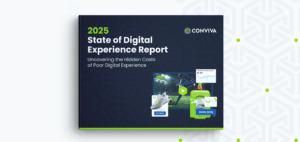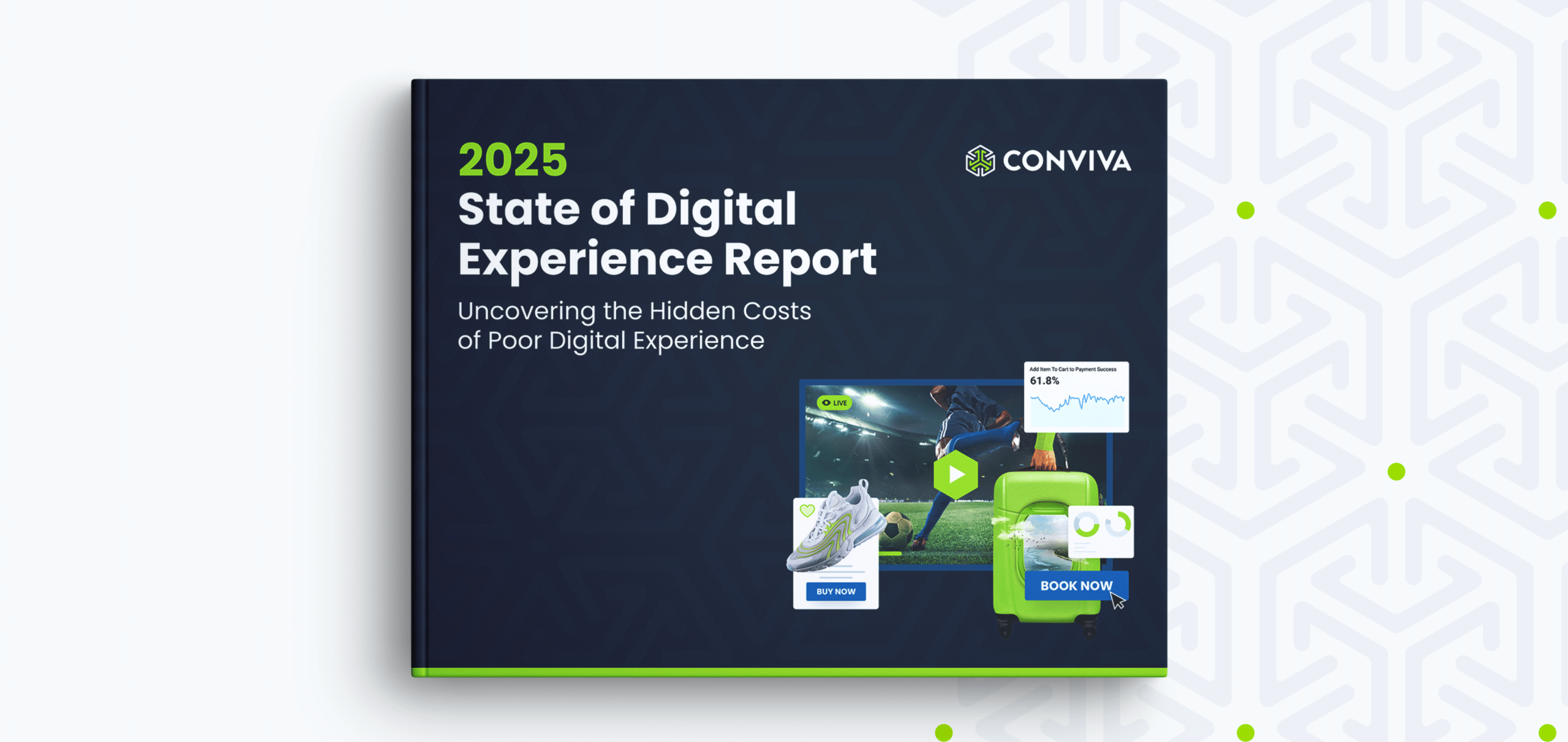In the simplest terms, the internet works on a client-server basis, meaning that the ‘client’ retrieves information from a ‘server.’ Picture a server responding to countless information requests from users and delivering data from its storage. This is known as the central server model. While this model might seem efficient, it has its limitations. The server needs to be robust enough to cater to all requests and spacious enough for storing all the data. The data delivery process can also be slow due to the geographical distance between clients and the server. This leads to a less satisfactory user experience and high costs, especially when your business expands. This is where a CDN steps in.
A Content Delivery Network, often referred to as a CDN, is a network of geographically distributed servers or Points of Presence (PoPs), strategically placed at various locations around the world. A CDN is a storage center for your data, bringing your content closer to users. In essence, a CDN accelerates the delivery of on-demand videos by storing (or caching) the file, duplicating the requested content and dispersing it as required, thus reducing the time for the content to reach the viewer. CDNs also enhance network resilience during service outages and periods of high traffic through their widespread geographical distribution and capabilities to balance network load and redundancy. Overall, CDNs play a vital role in ensuring that viewers, no matter where they are or what device they use, can enjoy high-quality video streaming without any interruptions.
Benefits of a Content Delivery Network (CDN) and How it Works
Video streaming has become an integral part of our digital lives, with millions of people worldwide enjoying their favorite content online. The seamless and uninterrupted delivery of videos is crucial for user satisfaction, and Content Delivery Networks (CDNs) are key to achieving this. By ensuring that videos load quickly and play smoothly, CDNs are a fundamental component for any video streaming service. As the foremost provider of streaming analytics worldwide, Conviva’s Operational Data Platform provides video streaming services with a comprehensive understanding of their CDN performance on specific devices in a given country. Beyond delivering essential data, this platform transforms insights into actionable strategies, empowering providers to establish a resilient and sustainable business.
- Reduced Latency for Improved User Experience
Latency refers to the delay between requesting a video and the video actually starting to play. High latency can result in frustrating buffering and long load times. Content Delivery Networks work by caching content on servers distributed across the globe. When your user requests a video, the CDN routes the request to the nearest server and checks if a copy is available. If a copy exists, the video is delivered from that server, reducing the need to fetch it from the origin server. This optimization significantly reduces latency and enables smoother, near-instant playback.
2. Geographic Distribution
For scaling your video-on-demand (VoD) business globally while maintaining high-quality user experience, a CDN is essential. CDNs store content in servers that are strategically distributed across various locations worldwide, speeding up delivery and subsequently, load times. This geographic distribution ensures that video content is readily available to your users regardless of their location.
3. Scalability and Reliability
Video streaming services often experience fluctuations in demand, especially during live events or popular releases. Content Delivery Networks are designed to handle these traffic spikes efficiently. By distributing the load across multiple servers, CDNs can scale to meet the demand, ensuring that your users can access content without disruptions, even during peak times.
4. Bandwidth and Cost Efficiency
Delivering video content to a large audience consumes significant bandwidth. By storing cached copies of frequently requested videos at edge servers, this helps in minimizing the strain on the network from the repetitive task of delivering identical content over and over again and lowering bandwidth costs for your streaming service.
5. Enhanced Security
Content Delivery Networks play a crucial role in enhancing the security of video streaming services. They offer robust security features, safeguarding data during transmission from threats and attacks. CDNs protect user privacy and sensitive data as well as content piracy by controlling access and authentication.
6. Load Balancing
To maintain optimal performance and prevent a server from becoming overloaded, Content Delivery Networks employ load balancing. Load balancers distribute your user requests evenly across the CDN’s servers, ensuring that no server is overwhelmed. As a result, your viewers can enjoy consistent video quality without disruptions.
7. Content Format Optimization
CDNs are capable of optimizing video content for a variety of devices and network conditions. They can transcode videos into different formats and bitrates to ensure compatibility with your user’s device and available bandwidth, resulting in smoother streaming experiences.
8. Analytics
CDNs provide comprehensive analytics such as the number of viewers, primary geographic locations of the audience, and related data. These analytical insights not only function as a valuable marketing resource but also play a pivotal role in enhancing the overall performance. Conviva offers the most reliable dataset in the industry, reflecting real-world viewing experiences. This data is meticulously generated by continuously monitoring every active viewer session, ensuring a real-time and extensive understanding of audience interactions at all times.
Key Metrics for Evaluating Content Delivery Network (CDN) Performance
The success of your video streaming service depends on the efficient operation of a CDN. By monitoring specific metrics, streaming providers can ensure top-quality performance, enhance the viewer experience, and address any issues proactively. Regular analysis and adjustment of these metrics can help streamline content delivery and minimize disruptions. Conviva’s Operational Data Platform facilitates seamless problem detection and exceptionally swift root-cause analysis for your CDN. Utilizing rapid AI alerts, it proactively notifies you of specific issues, streamlining the troubleshooting process and providing insights before manual investigation is required.
1. Response Time
The delay between your user’s request for video content and the start of playback is a crucial metric. A lower response time is a positive indicator of CDN efficiency, ensuring a prompt start to video streaming. The ideal latency is typically under 3 seconds for an optimal streaming experience.
2. Buffering Rate
Buffering occurs when the video player preloads content to prevent playback interruptions. A high buffering rate indicates a poor streaming experience, although it may also indicate that the user is fastforwarding through content. Conviva’s stateful platform is intelligent enough to distinguish this kind of user-induced buffering from CDN-issues, allowing streaming providers to fully understand the quality of the connection between the CDN and the viewer and address real playback issues.
3. Quality of Experience (QoE)
QoE assesses your user’s overall satisfaction with the streaming service. It considers factors like video resolution, buffering, playback interruptions, and video quality. If the performance of a CDN is not on point, your user may experience a negative QoE and unsubscribe. Conviva plays a pivotal role in QoE management by perpetually monitoring and analyzing data for each user. We also allow you to see your QoE status at a glance thanks to our industry-leading Streaming Performance Index (SPI) which compiles multiple metrics to give a holistic view of QoE across all users and devices. This proactive approach enables the early identification and resolution of issues, preempting any negative impact on your users’ experience.
4. Bandwidth Usage
Measuring the amount of data transmitted through the CDN is essential. A high bandwidth indicates that the CDN can efficiently handle data transfer, ensuring seamless content delivery. Monitoring bandwidth usage helps streaming services manage costs, allocate resources efficiently, and ensure the network can handle traffic spikes during peak hours or special events.
5. Uptime and Availability
Uptime and availability metrics determine the percentage of time the CDN is operational and content is accessible. A high uptime percentage ensures reliable content delivery, which is crucial for video streaming services.
6. Error Rates
Tracking error rates, such as 404 errors or server errors, is vital for diagnosing and resolving issues quickly. A high error rate can indicate problems with content delivery or server connections.
7. Viewer Engagement
Tracking viewer engagement metrics like session duration, click-through rates, and the number of concurrent users provides insight into your user behavior. These metrics help optimize content recommendations and user interfaces.
8. Time to First Byte (TTFB)
TTFB measures the time it takes for your user’s request to reach the CDN server, be processed by the server, and for the first byte of content to be sent back to your user’s device. TTFB is a critical metric for assessing the responsiveness and efficiency of a CDN. A low TTFB indicates quick server response times and faster content delivery.
Differences Between Content Delivery Network (CDN) and Cloud
When it comes to delivering high-quality video content to your viewers, content providers have two prominent options: Content Delivery Networks (CDNs) and cloud-based solutions. While both have their advantages, they differ in terms of infrastructure, performance, and use cases. The choice between a CDN and a cloud-based solution depends on specific requirements and budgets. CDNs are a dedicated choice for optimizing content delivery, while cloud platforms offer adaptability and scalability for a variety of services. The decision ultimately hinges on your streaming service’s unique needs and objectives.
- Specialization
Content Delivery Networks (CDNs) excel in content delivery optimization, load balancing, and content format optimization. Their specialization is geared towards ensuring fast and reliable video streaming experiences for viewers. Cloud services, on the other hand, are experts in scalability, storage and computational resources. They provide flexibility to accommodate various services and can scale rapidly to meet changing viewer demand.
2. Geographical Distribution
CDNs employ strategically positioned edge servers in diverse geographic regions. The distributed network is harnessed to provide content from the closest server to the user making the request. By bringing content in proximity to your users, CDNs effectively address the challenges posed by lengthy data transmission and network congestion, culminating in faster and more dependable content delivery. Cloud hosting predominantly hinges on centralized data centers, which serve as core facilities for hosting infrastructure. Servers, storage systems, and networking gear, responsible for the operation and maintenance of hosted websites and applications, are housed within these data centers. To enhance reliability, cloud hosting providers frequently maintain multiple data centers across geographical regions.
3. Cost Structure
CDNs are often chosen for their simpler cost structure, where content providers pay primarily for bandwidth usage and edge server distribution. This straightforward pricing makes it easy for content providers to budget for CDN services. Utilizing Conviva’s platform and insights, providers can conduct thorough comparisons of CDN performance. This functionality empowers them to strategically activate CDNs, taking into consideration factors such as quality and price, thereby enhancing their decision-making process for an optimized content delivery strategy. Cloud services offer great flexibility, but may require content providers to manage a more complex cost structure. They can control and customize resources according to demand, but this flexibility may result in a less predictable pricing model.
4. Complexity
CDNs are straightforward to set up and manage for content delivery. CDNs require meticulous configurations for edge servers, caching and load balancing. Cloud-based solutions provide the flexibility to customize resources but come with challenges in managing scalability and compute, storage, and service integration.
5. Security Measures
Both CDNs and cloud providers offer robust security measures, but the specific offerings and configurations may vary. CDNs focus on measures like DDoS protection, SSL encryption, and shielding to secure content delivery. Cloud services provide comprehensive security features, including access control, encryption, multi-factor authentication, and compliance adherence.
Improve Your Content Delivery Network (CDN) Performance With Conviva
Conviva’s Operational Data Platform provides insights into how CDN performance affects user experience. These data-driven insights can help you fine-tune the configuration and performance of your CDN. Without concrete data, understanding the impact of CDN performance on your audience is a guessing game.
Explore the world’s first and only Experience-Centric Observability platform, offering unparalleled capabilities to monitor every facet of every viewer on your platform. Unleash the potential to enhance both retention and revenue for your business with Conviva’s comprehensive insights and strategic monitoring today!




